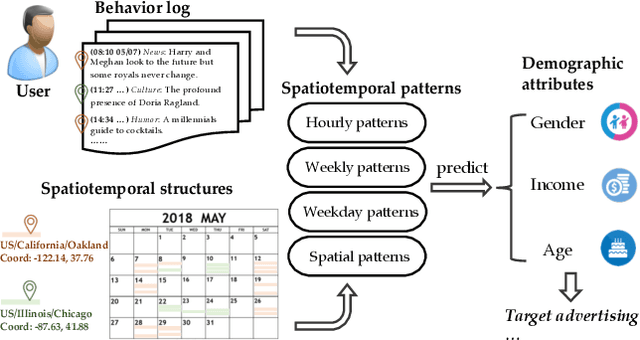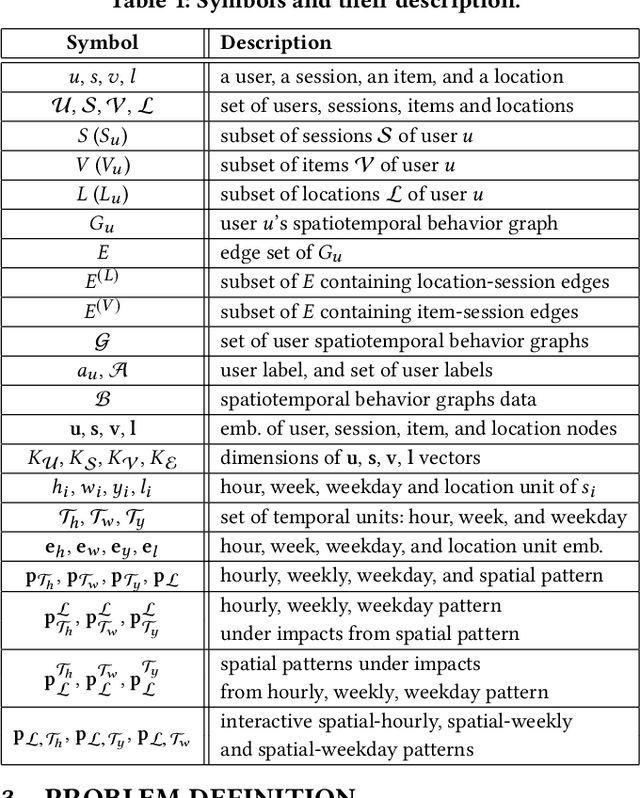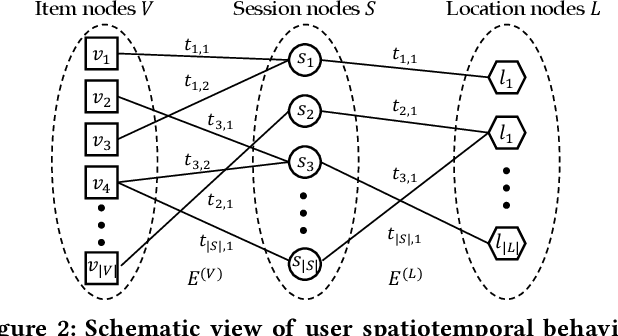Munira Syed
ReasonPlanner: Enhancing Autonomous Planning in Dynamic Environments with Temporal Knowledge Graphs and LLMs
Oct 11, 2024Abstract:Planning and performing interactive tasks, such as conducting experiments to determine the melting point of an unknown substance, is straightforward for humans but poses significant challenges for autonomous agents. We introduce ReasonPlanner, a novel generalist agent designed for reflective thinking, planning, and interactive reasoning. This agent leverages LLMs to plan hypothetical trajectories by building a World Model based on a Temporal Knowledge Graph. The agent interacts with the environment using a natural language actor-critic module, where the actor translates the imagined trajectory into a sequence of actionable steps, and the critic determines if replanning is necessary. ReasonPlanner significantly outperforms previous state-of-the-art prompting-based methods on the ScienceWorld benchmark by more than 1.8 times, while being more sample-efficient and interpretable. It relies solely on frozen weights thus requiring no gradient updates. ReasonPlanner can be deployed and utilized without specialized knowledge of Machine Learning, making it accessible to a wide range of users.
Calendar Graph Neural Networks for Modeling Time Structures in Spatiotemporal User Behaviors
Jun 11, 2020



Abstract:User behavior modeling is important for industrial applications such as demographic attribute prediction, content recommendation, and target advertising. Existing methods represent behavior log as a sequence of adopted items and find sequential patterns; however, concrete location and time information in the behavior log, reflecting dynamic and periodic patterns, joint with the spatial dimension, can be useful for modeling users and predicting their characteristics. In this work, we propose a novel model based on graph neural networks for learning user representations from spatiotemporal behavior data. A behavior log comprises a sequence of sessions; and a session has a location, start time, end time, and a sequence of adopted items. Our model's architecture incorporates two networked structures. One is a tripartite network of items, sessions, and locations. The other is a hierarchical calendar network of hour, week, and weekday nodes. It first aggregates embeddings of location and items into session embeddings via the tripartite network, and then generates user embeddings from the session embeddings via the calendar structure. The user embeddings preserve spatial patterns and temporal patterns of a variety of periodicity (e.g., hourly, weekly, and weekday patterns). It adopts the attention mechanism to model complex interactions among the multiple patterns in user behaviors. Experiments on real datasets (i.e., clicks on news articles in a mobile app) show our approach outperforms strong baselines for predicting missing demographic attributes.
 Add to Chrome
Add to Chrome Add to Firefox
Add to Firefox Add to Edge
Add to Edge